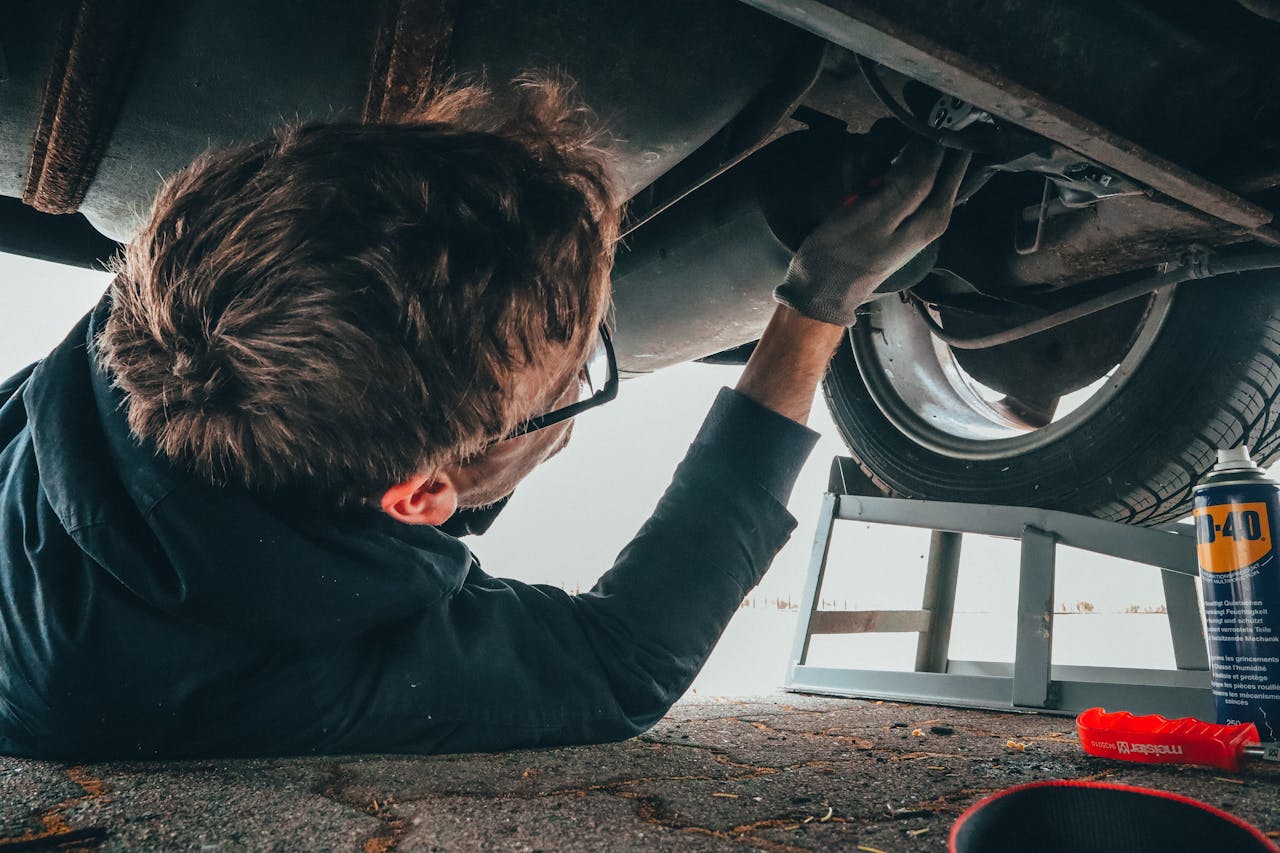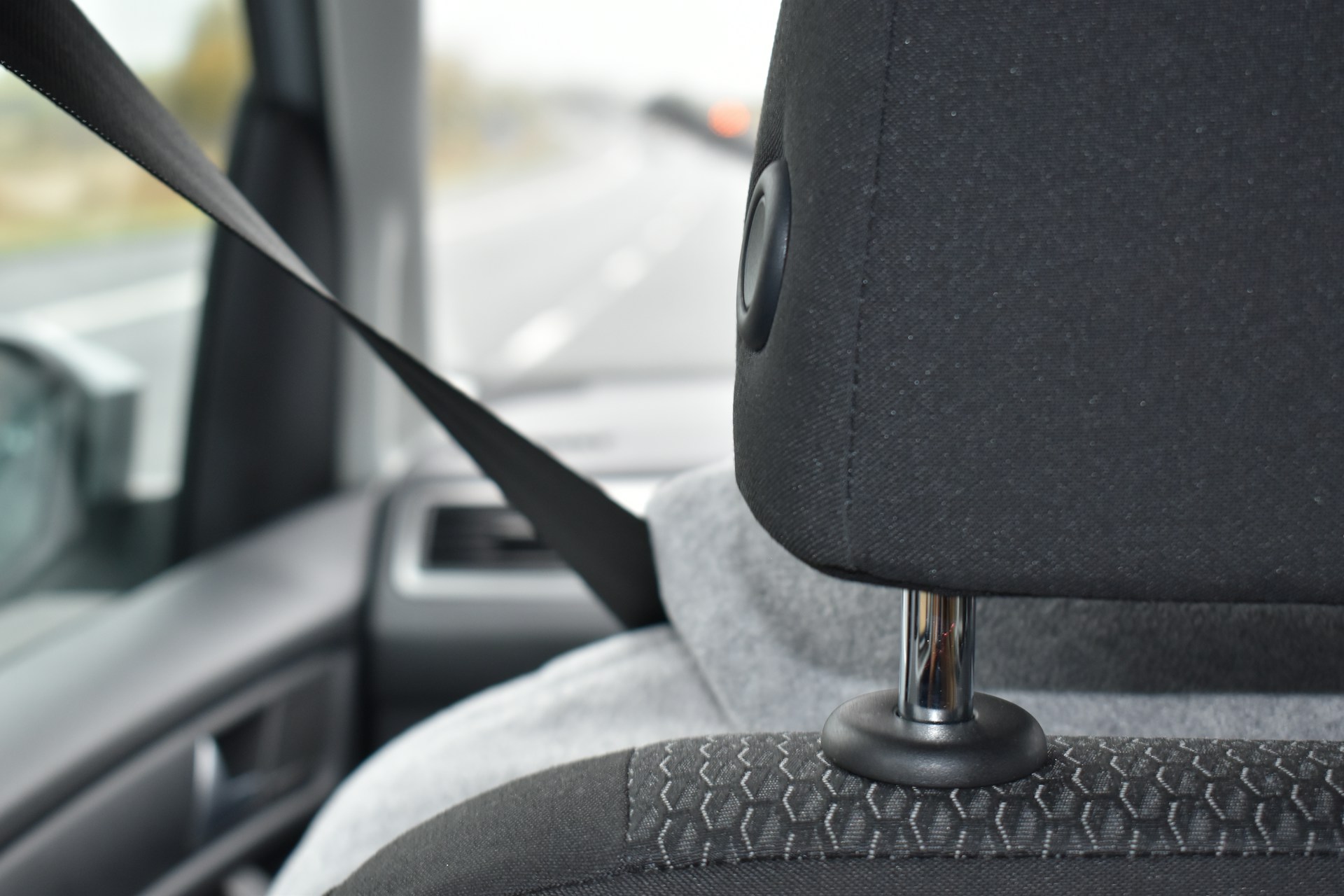Don’t Put Yourself or Others at Risk
Driving comes with its fair share of risks and rules—not everyone is up to the challenge, but those who are need practical tips to ensure safety. From always wearing your seatbelt to stopping in severe weather, here are simple driving tips that could just save your life.
 Photo by Kenny Eliason on Unsplash
Photo by Kenny Eliason on Unsplash
1. Mind Road Conditions
Rain or shine, road conditions determine driving. While slick streets warrant more caution, dry roads don’t always mean pristine conditions either, so prepare accordingly before leaving the house.
 Photo by Viktor Bystrov on Unsplash
Photo by Viktor Bystrov on Unsplash
2. Don’t Drive Drowsy
Believe it or not, driving tired is more dangerous than driving impaired. Fatigue can easily lead to crashes or falling asleep behind the wheel—and both claim lives. Pull over to safety if you’re ever exhausted, and if you aren’t even in the car yet, don’t drive at all.
 Photo by cottonbro studio on Pexels
Photo by cottonbro studio on Pexels
3. Plan Routes Early
We’ve all experienced the anxiety of running late. However, the last thing you want is to exacerbate those worries on the road. Get traffic reports, plan your route, and leave at least 10 minutes early to avoid foolish decisions on the road.
 Photo by SOCMIA Fotografía on Unsplash
Photo by SOCMIA Fotografía on Unsplash
4. Establish Safe Distances
Safe distances save your brakes and your life. Tailgating is a leading cause of accidents, often resulting in serious crashes or hefty insurance claims. At least three seconds of distance provides plenty of time to stop.
 Photo by takahiro taguchi on Unsplash
Photo by takahiro taguchi on Unsplash
5. Wear your Seatbelt
It’s a lesson hammered into every driver: wear your seatbelt! Yet motorists continue to tempt fate and forego this crucial safety feature. It doesn’t matter if you’re only going around the corner—you have no idea what’s waiting on the road, so buckle up.
 Photo by Chris Martin on Unsplash
Photo by Chris Martin on Unsplash
6. Keep Your Lights Clean
Get that grime off your headlights. Clean lights mean maximum brightness, which helps you and other motorists. You don’t need more than a soft cloth to remove any dirt or bug graveyards.
 Photo by Andrew Konstantinov on Unsplash
Photo by Andrew Konstantinov on Unsplash
7. Avoid All Distractions
Plenty of distractions exist outside of texting—anything from adjusting radio dials to eating behind the wheel pulls focus from the road. It doesn’t take more than a second for disaster, so steer clear of distractions, especially if you’re a new driver.
 Photo by Alexandre Boucher on Unsplash
Photo by Alexandre Boucher on Unsplash
8. Stretch Your Muscles
We’d love nothing more than to free ourselves from a long journey, but drivers need to stretch their legs. Breaks don’t always seem beneficial but they refresh concentration, relax our muscles, and give us the reset we need.
 Photo by cottonbro studio on Pexels
Photo by cottonbro studio on Pexels
9. Keep an Eye on Others
Even if you’re the best driver in the world, that doesn’t mean others will be. Situational awareness and defensive driving protect you against others’ common mistakes. Keep your eyes on the road and always pay attention to nearby motorists.
 Photo by Miikka Luotio on Unsplash
Photo by Miikka Luotio on Unsplash
10. Steer Clear of Puddles
We don’t mean those piddly ones after gentle rain—we’re talking about large puddles that damage tires and flood engines. Veer away from miniature lakes whenever possible (and whenever it’s safe).
 Photo by KIM JINHONG on Pexels
Photo by KIM JINHONG on Pexels
11. Know When to Stop
Torrential rains may dampen the mood but they also wreak havoc on your vehicle. Reduced visibility and dangerous road conditions make a deadly pair, so pull over when things go awry. It’s better to arrive safely than trudge through severe weather.
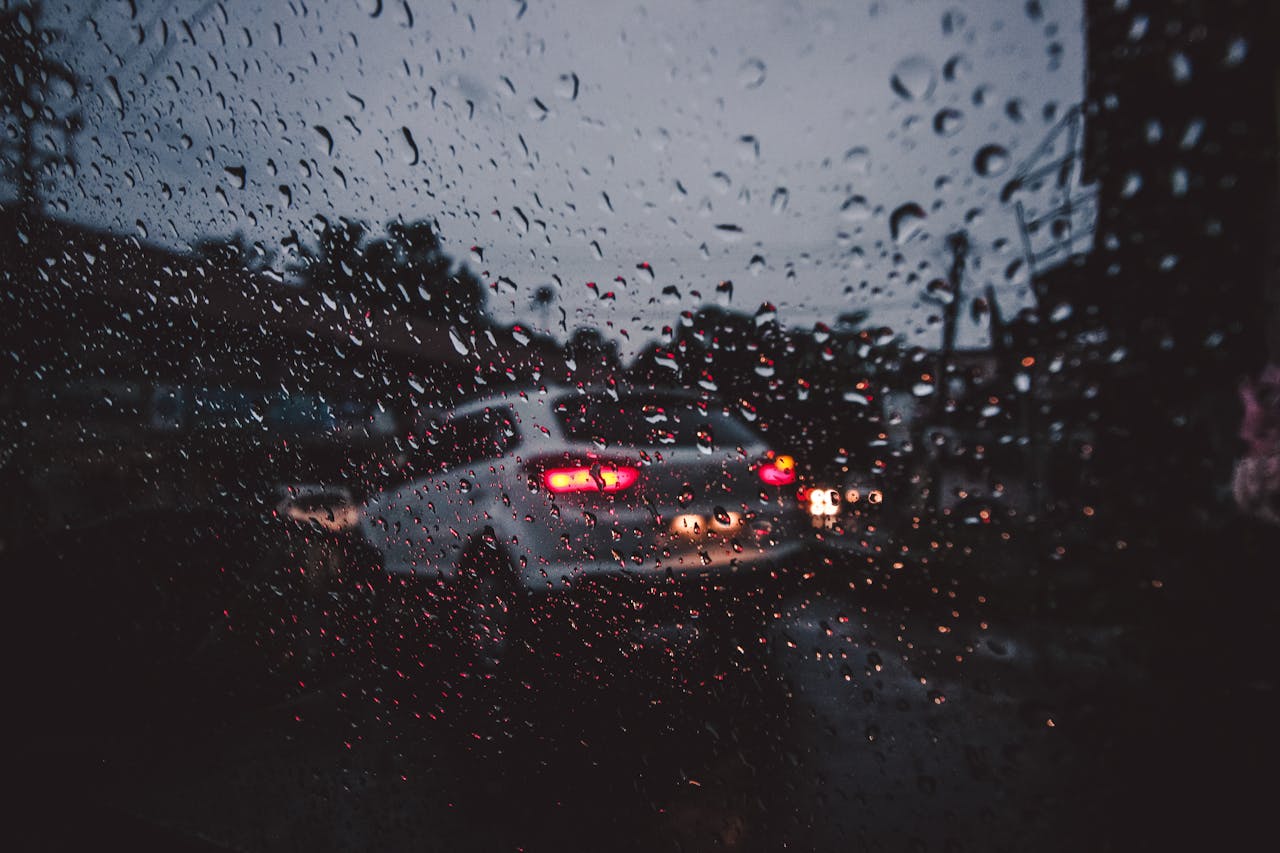 Photo by Arun Thomas on Pexels
Photo by Arun Thomas on Pexels
12. Always Use Your Signals
It’s…annoying to say the least when drivers ignore turn signals. However, foregoing them is also highly dangerous, leaving other drivers in the lurch and causing avoidable accidents. Merging, lane changes, and even street parking all warrant the handy signal.
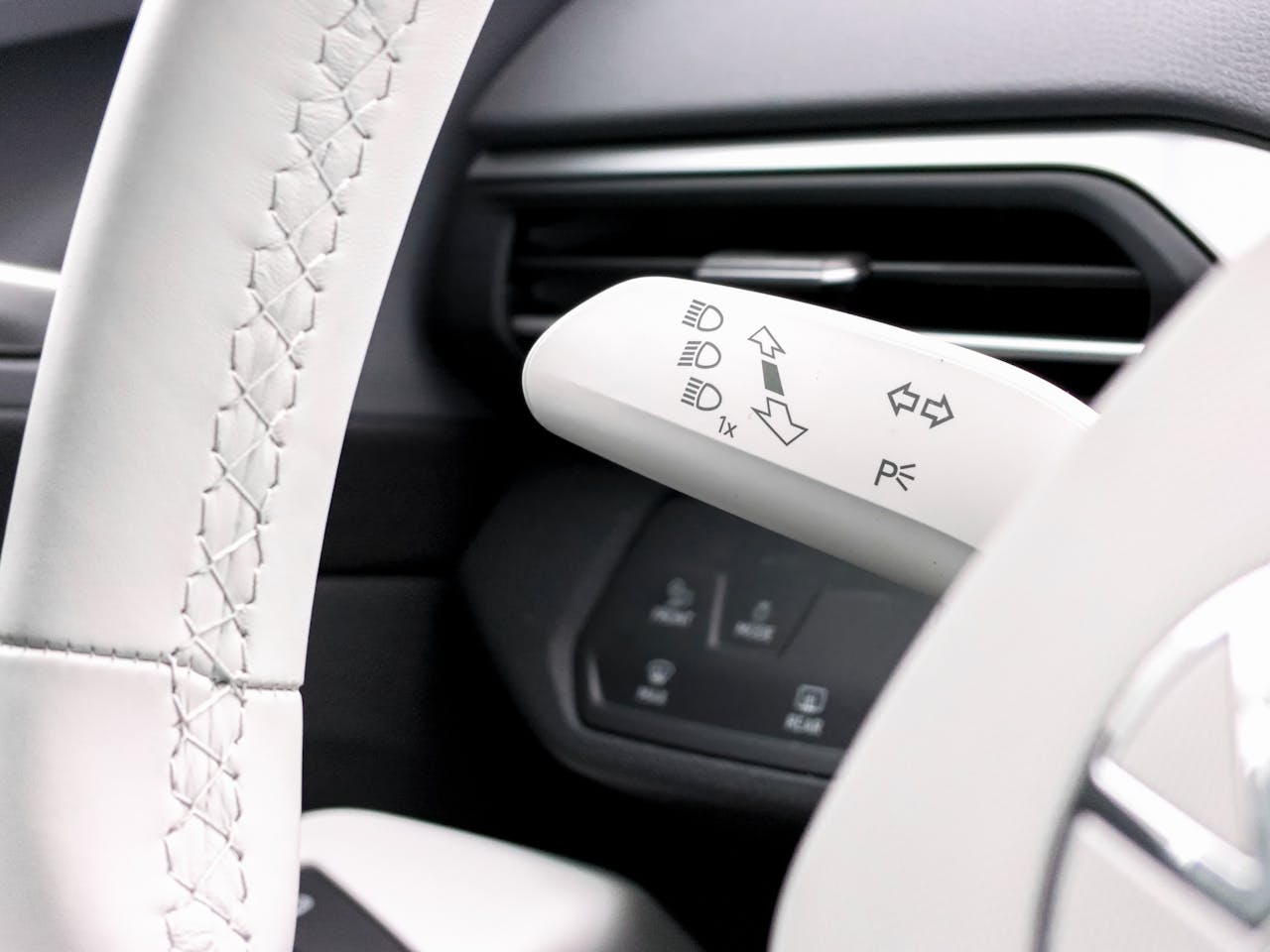 Photo by Karen Radley Volkswagen on Pexels
Photo by Karen Radley Volkswagen on Pexels
13. Take Care of Your Car
Don’t ignore strange noises or leaks! They’re often telltale warning signs that something’s wrong. We know mechanics can be costly, but your safety is certainly worth the price.
14. Use Your Headlights
Headlights aren’t only for night drives—they’re critical in adverse weather. The classic rule of thumb is that if your wipers are on, your lights should be on. (Just don’t use your high beams.)
 Photo by Samuele Errico Piccarini on Unsplash
Photo by Samuele Errico Piccarini on Unsplash
15. Adjust Mirrors Correctly
Never leave your house without fixing your mirrors. Proper adjustments ensure you have the clearest view of the road, eliminating larger blind spots and making it easier to switch lanes.
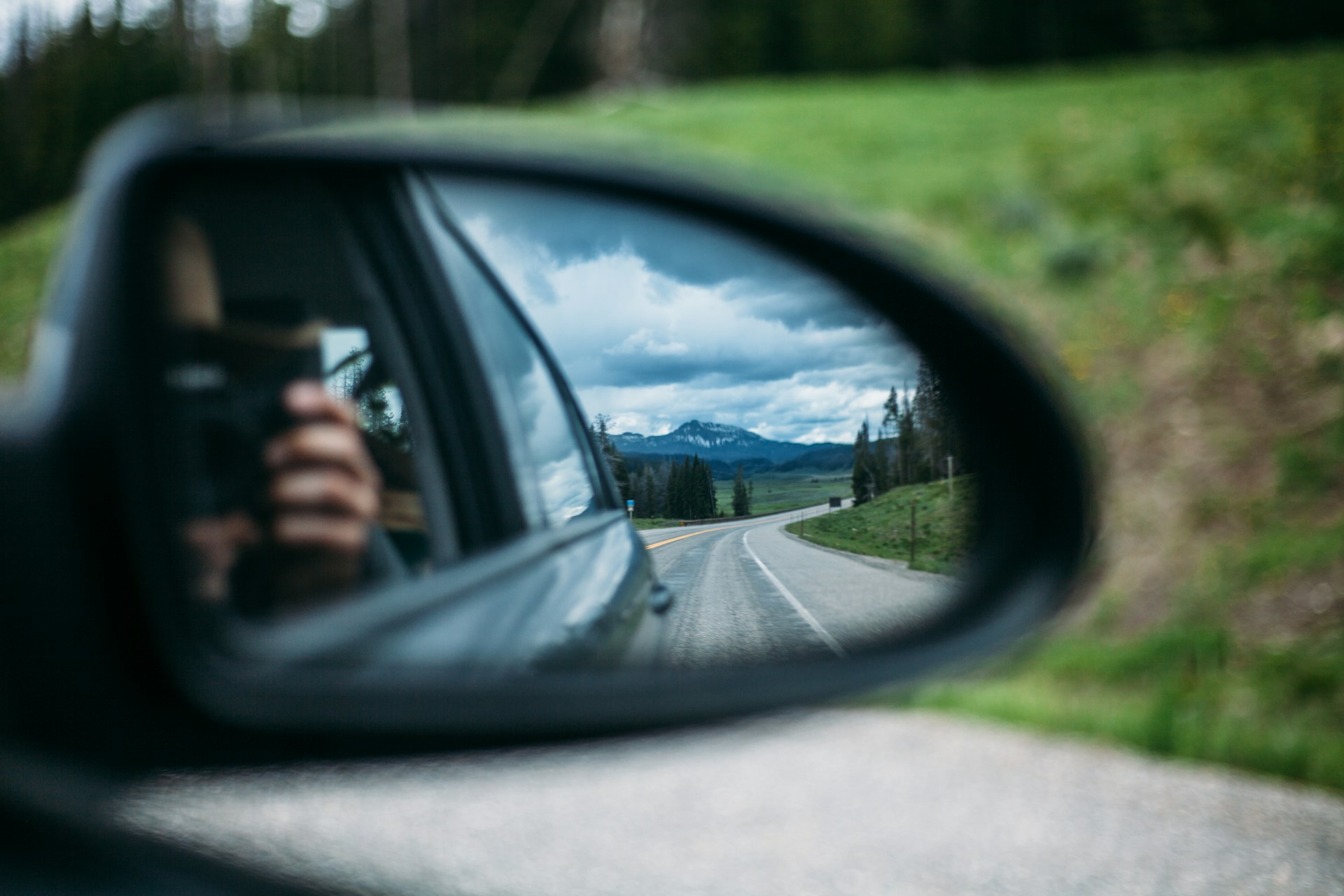 Photo by Elijah Hail on Unsplash
Photo by Elijah Hail on Unsplash
16. Check Tire Pressure
Low tire pressure makes it harder to drive, compromising traction and handling. Aim to check pressure once every two to four weeks. You should also check it more often if you drive long distances or carry heavy loads in your vehicle.
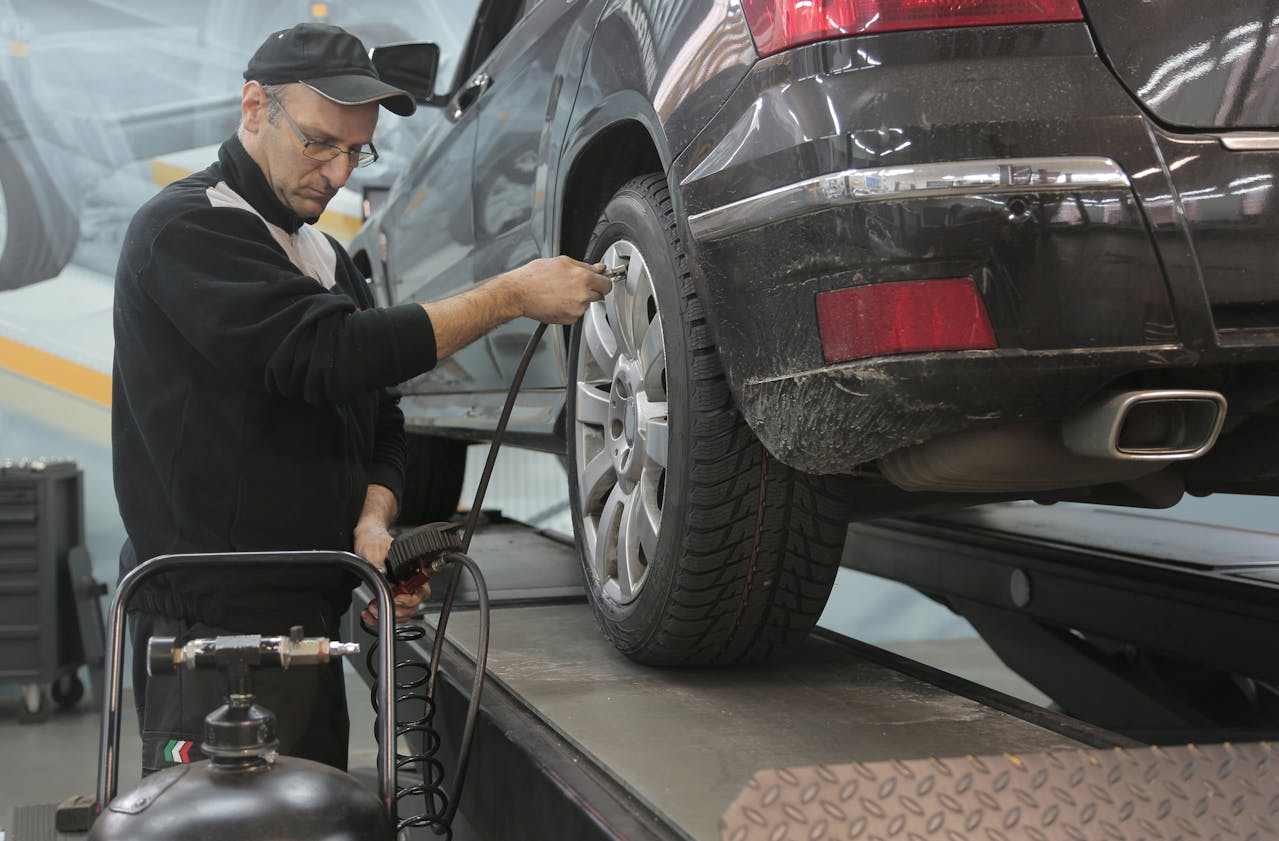 Photo by Andrea Piacquadio on Pexels
Photo by Andrea Piacquadio on Pexels
17. Never Drive Impaired
You’d think this obvious driving rule goes without saying, but countless examples prove otherwise. There’s literally no excuse to drive under the influence. Call an Uber, call a cab, assign a designated driver—however you arrive alive, just make sure you do.
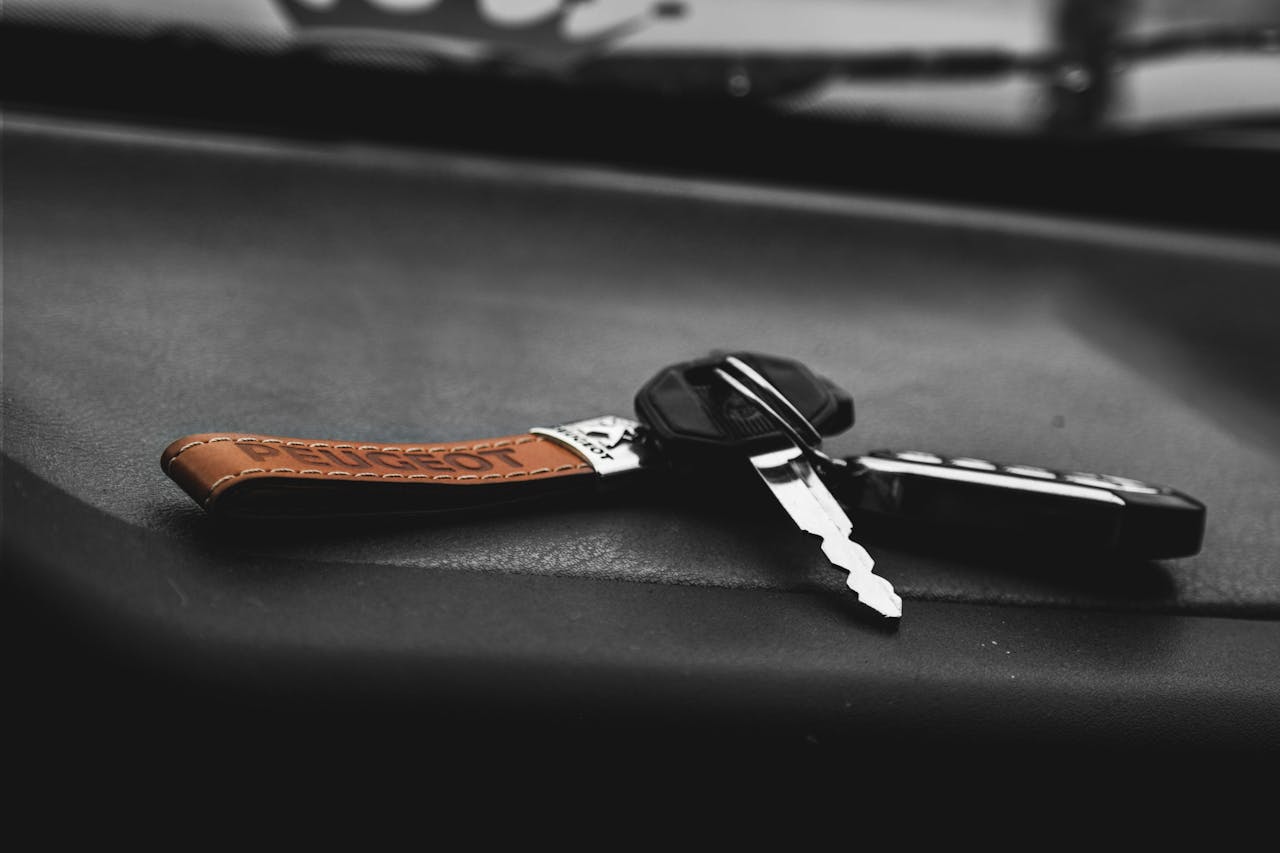 Photo by revac film's&photography on Pexels
Photo by revac film's&photography on Pexels
18. Make Sure You’re Comfortable
Comfort eliminates distractions! Rather than fiddle with the air conditioner or squirm in the driver’s seat, take care of all that stuff beforehand. Regardless of how long your journey is, comfort is paramount to safe traveling.
 Photo by Matheus Ferrero on Unsplash
Photo by Matheus Ferrero on Unsplash
19. Check Blind Spots
As handy as they are, mirrors only see so much. You need to check blind spots before changing lanes—a simple over-the-shoulder glance opens your field of vision and prevents accidents.
 Photo by Samuel Foster on Unsplash
Photo by Samuel Foster on Unsplash
20. Adjust Your Head Restraint
Your headrest isn’t only there to cushion your head, it’s there to prevent serious neck injuries in the event of a crash. Make sure they’re adjusted before hitting the road—for you and your passengers.


